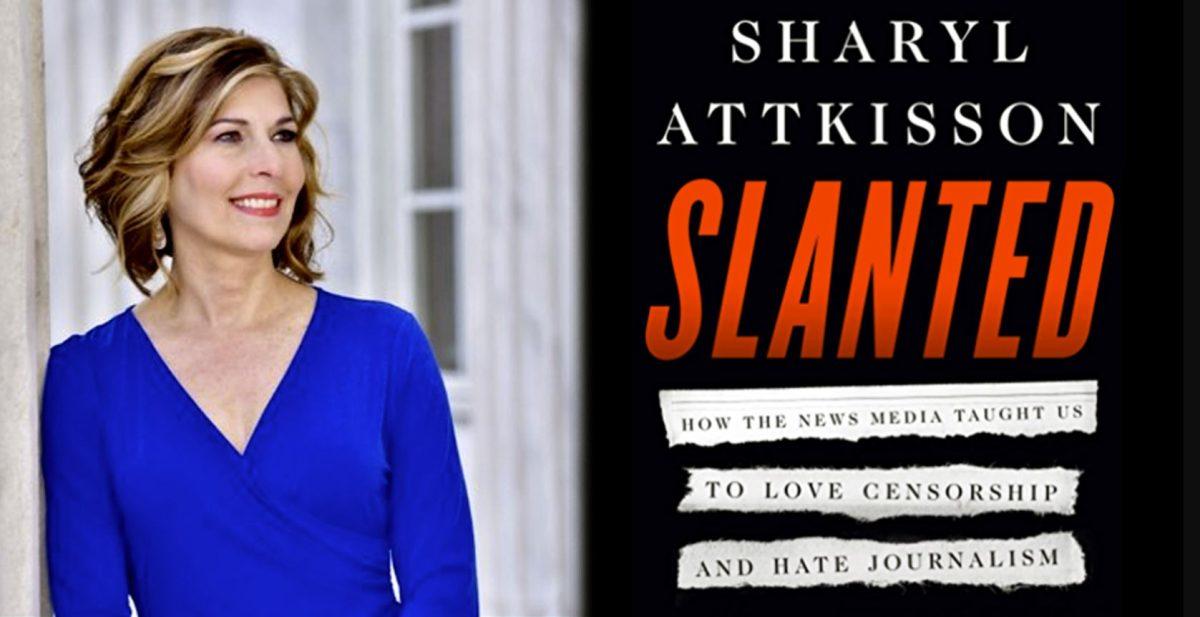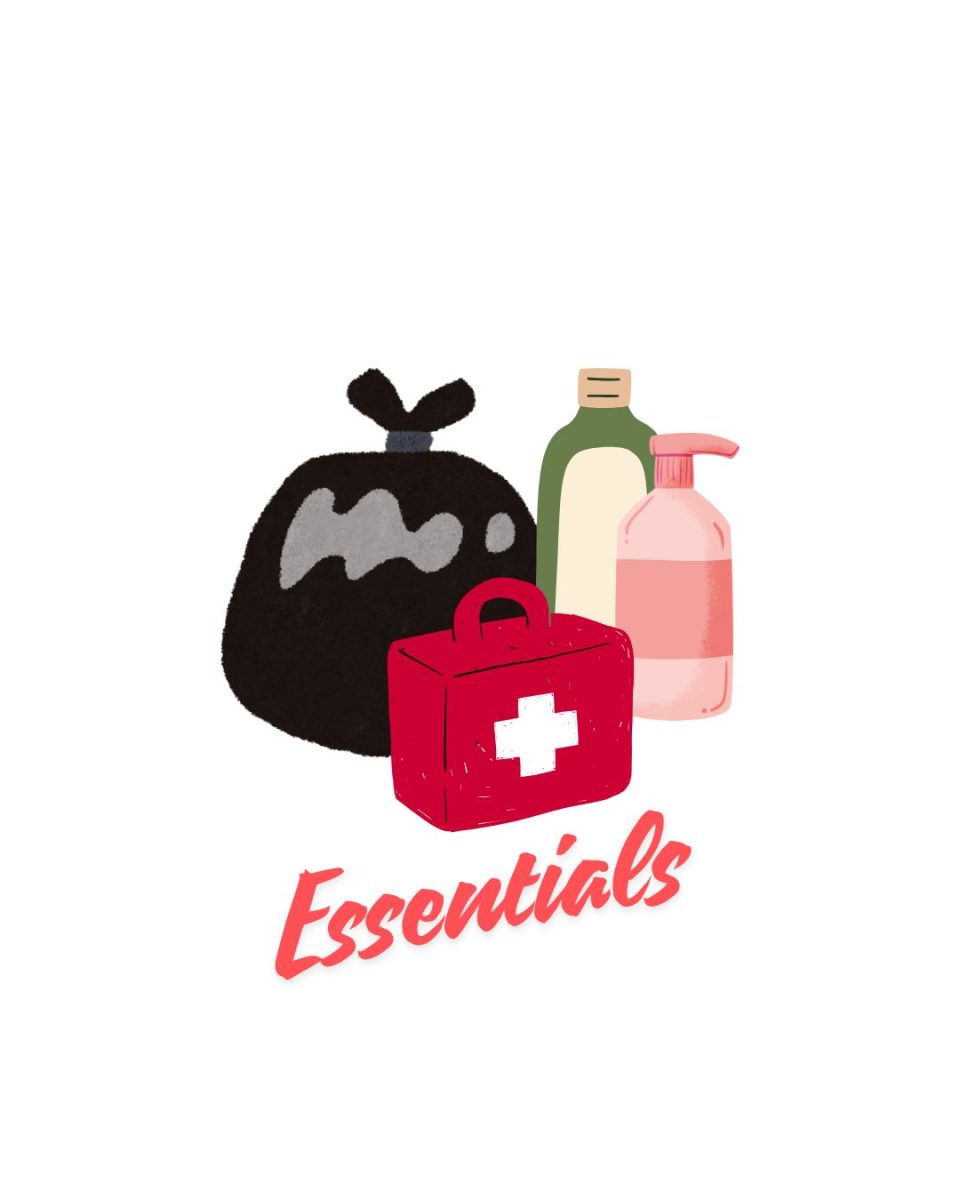Too often have I heard the phrases, “well, if you can’t beat ‘em join ‘em,” or “oh, great. Now you can lie for a living too,” in regards to my pursuit of a degree in journalism. As an unsure sophomore entering this world of news media and idea pitching, I often felt discouraged by these comments, but even more so confused. I had always viewed the news that I saw broadcasted on my television or lingering in print at my local grocery store to be a source of information– the average citizens’ inside scoop to the rest of the world.
As I continued in my efforts toward becoming a “real” journalist, now finishing out my senior year as editor-in-chief of my university newspaper, I soon came to realize where these comments were coming from, and the weight that was now– even more so — placed on the shoulders of me and my classmates to prove them wrong.
Journalism is not what it used to be. Over the last few decades – the last decade, in particular – there have been a variety of instances in which news reporting, from a variety of notable outlets, has been slanted, angling the deliverance of news to cater to a particular narrative that the outlets strive to push on their audience rather than actual truth. The overarching issue of narrative over news is detailed in depth within “Slanted: How the News Media Taught us to Love Censorship and Hate Journalism,” a discussion of censorship in media by New York Times bestselling author Sharyl Attkisson.
Within this book, Attkisson takes a deep dive into the role that journalism has taken on today within society, versus what she once knew it to be when she, herself, was an emerging journalist. Through discussion of her time as a reporter for CBS, numerous unethical instructions from editors, as well as discussion of various journalistic scandals that have fallen upon the industry giants of today, like The New York Times and The Washington Post. Attkisson draws attention to a very real problem that has taken the media industry by storm: modern media outlets taking it upon themselves to determine what is true, what the public should have access to seeing and learning about, and what narrative will be publicized in order to sway public opinion in favor of the agenda they’re pushing.
In discussing this media-knows-best shift, Attkisson states, “The modern media have also discovered how to carefully filter information on the front end to make sure that only the ‘correct’ view is presented…these people share an important belief: that they are smarter than you are. They do not trust you to process information and draw your own conclusions because you might draw the wrong ones. You must not be left to your own devices.”
She goes on to make the point that news is no longer about fact, but about driving engagement, giving the people what they want to hear – even if it isn’t objective or factual or fair – and keeping on trend with the type of stories that maintain an active audience and serve in the interest of the media outlet or publication’s image.
As an example, she noted numerous times during her years at CBS where she had been assigned a particular story, thoroughly investigated all angles and reported on all sides fairly, yet was instructed to reconstruct the entirety of the article to lean in favor of a particular subject, paint a subject in a certain way, or, even, to trash the story because the impartiality and objectiveness would bore readers looking for a juicy story.
While a large portion of Attkisson’s experience was plagued with intentional news slanting, she also notes that more often than not, it’s somewhat accidental. In discussing this point, she provides numerous examples of stories that she was assigned with a predetermined angle, outcome and storyline attached.
She goes on to mention that, “Sometimes we become so focused on how we think a story was supposed to come out that we missed the real news…maybe the truth of the story was different than the one assigned…why force a narrative that, in practice, did not seem to exist?”
As witnessed through her own experiences, Attkisson further notes that any reporters who felt the moral weight of the unethical practices that they were being asked to put in to place were, still, not able to report the way they wanted to or correct these biased approaches. Apparently, attempting to report journalistically, against the proposed narrative, was and is a quick way to be bullied, sued, slandered or ostracized in the industry.
After providing numerous examples of slanted journalism and narrative-pushing that ultimately led to her departure from CBS, Attkisson discusses how multiple, “notable,” outlets like The New York Times, have been just as guilty of publishing information that ignores all ethical, journalistic responsibility as we once knew it, but instead bypasses these standards with the use of anonymous sources, uncorroborated stories, biased reporting and audience-appeasing approaches to journalism.
This is evident through her detailing of when the famous publication famously published a story on a particular woman’s rape allegations against Donald Trump. After receiving backlash for not printing the story against Trump on the first page, the paper apologized for its lack of journalistic consideration and reprinted it, only for it to be revealed that the story had all anonymous sources, none of which could corroborate the testimony given by the woman. It was all unproven and poorly investigated. Of course, the paper apologized again for its lack of journalistic consideration and took the story down.
According to Attkisson, this was a prime example of the new type of journalism that has plagued society—the type that fixates on personal opinion, ignores fact and feeds into the narratives.
She goes on to state, “A new breed of reporter is dominant at many news organizations: the kind who think that it is their job to convince you to believe whatever they personally believe; the kind who don’t look for original stories, seek out research, or open their minds to opposing views. They are the kind that spin the news according to what they want you to think. They ignore the facts that contradict their story line.”
In concluding the largest takeaways from her over 40-year career, Attkisson expands on the simple truth that all of these biased, narrative-based, disingenuous news outlets have only grown the hunger within Americans for real, trustworthy news and journalists who are willing able to provide it.
Journalism is not about being an activist with the responsibility of convincing your audience to think a certain way, but, rather, should focus on uncovering all sides, reporting on what you find to be true not what you had predetermined to be, and allowing your audience to think for themselves based on the fact and information you’ve provided.
In furthering her take on the future of the news industry she states, “I’d like to believe there is a version of our future in which information is accessible in its many forms, with the recognition that often what’s right or wrong, and what’s considered factually correct, is no more than a matter of opinion or a snapshot in time. Where we are invited to use our own brains to think what we like, form our own conclusions, change our minds, feel out our positions, argue, and debate – free from the grip of political and corporate interests or social activists who increasingly seek to limit what we may know and say.”
This book is an exceptional read for those of us interested in the news media or pursuing a career in the journalism field. It touches on industry taboos and gives readers an inside look as to why mistrust in media has grown, what is so unethical about the way things are running, and how we should treat our reporting and role in the industry if we want to make a difference and attempt to lessen the number of media outlets getting away with narrative-based journalism.
Journalists, now more than ever, must decide who they will become and what they will listen to in this industry. At the end of the day, it’s not about the narrative that we want to push, it’s about providing the facts needed to provide our audience with enough information to come to their own conclusions, ethically.
For comments/questions about this story, tweet @TheWhitOnline or email [email protected].
























































































































































!["Working with [Dr. Lynch] is always a learning experience for me. She is a treasure,” said Thomas. - Staff Writer / Kacie Scibilia](https://thewhitonline.com/wp-content/uploads/2025/04/choir-1-1200x694.jpg)









































